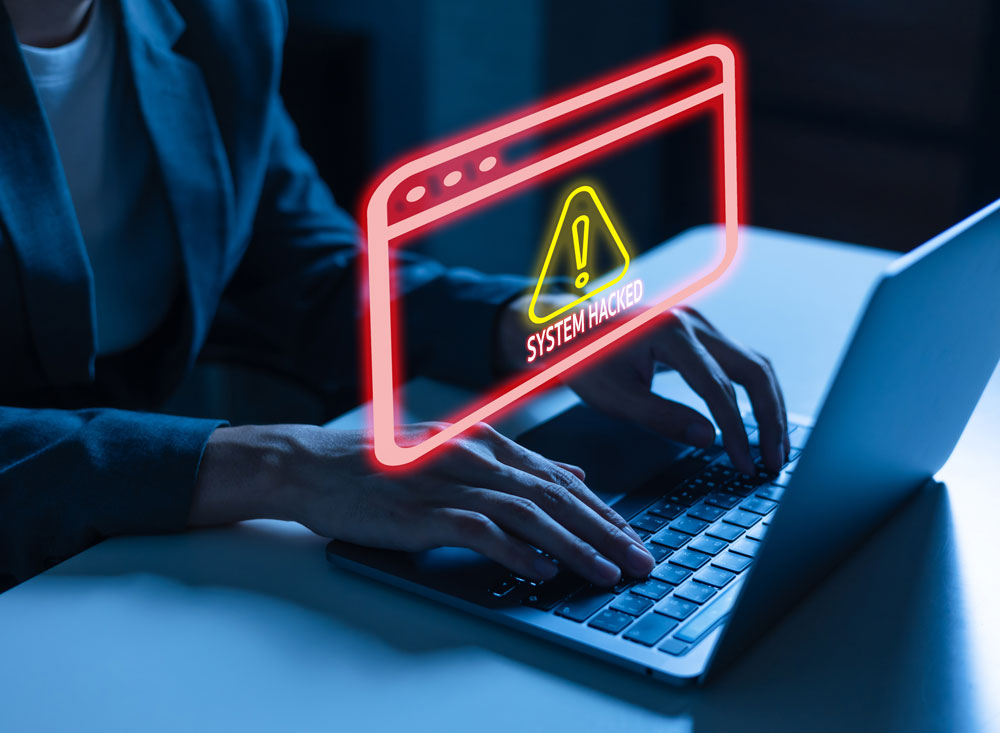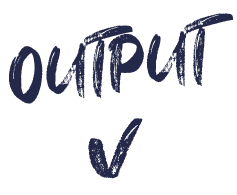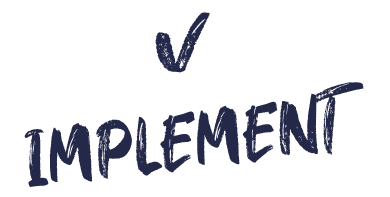The Importance of Knowing Your Cybersecurity Risk
Cybersecurity events in public and private organizations fill newsfeeds constantly. Statista estimated the cost of cybercrime to the global economy to be $8.4 trillion USD in 2022, and they forecast it to exceed $20 trillion USD by 2027! To make matters worse, the threat actors continue to innovate, and less than 5% ever get caught. The zombies are coming for everyone, big or small.
We cannot make you safe, we can only make you safer
The zombies always get in, but that doesn’t mean the situation is hopeless, let’s get ready to survive.
Survival begins with a plan, and a plan begins with knowing your risk
The U.S. National Institute of Standards and Technology published a Cybersecurity Framework in 2018 to guide organizations in understanding, managing, and reducing their risk of an event and the scope of its impact if an event happens.
Still not sure this applies to you?






